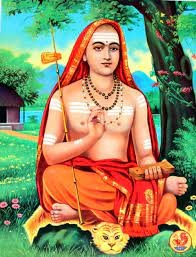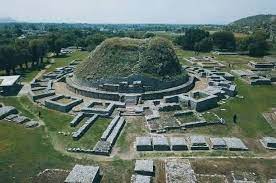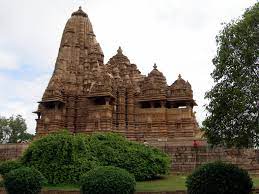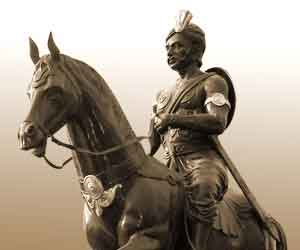
#OurTrueHistory
Schools of Philosophy
1)Samkhya
Maharshi Kapila is traditionally credited as a founder of the Samkhya
Everything in reality stems from purusha (self, soul or mind) and prakriti (matter, creative agency, energy).
Schools of Philosophy
1)Samkhya
Maharshi Kapila is traditionally credited as a founder of the Samkhya
Everything in reality stems from purusha (self, soul or mind) and prakriti (matter, creative agency, energy).

2)Yoga
Maharshi Patanjali is the founder of Yoga.
The objective of Yoga is- to better oneself physically, mentally and spiritually
The Yoga Sutras of Patanjali is a key text of the Yoga school of Hinduism
Maharshi Patanjali is the founder of Yoga.
The objective of Yoga is- to better oneself physically, mentally and spiritually
The Yoga Sutras of Patanjali is a key text of the Yoga school of Hinduism

3)Nyaya
Maharshi Gautama Muni is the founder of this school with his Nyaya-sutra. It approaches philosophical questions in a scientific and rational approach and knowledge through the five senses is the sole way of attaining liberation from the cycle of birth &death.
Maharshi Gautama Muni is the founder of this school with his Nyaya-sutra. It approaches philosophical questions in a scientific and rational approach and knowledge through the five senses is the sole way of attaining liberation from the cycle of birth &death.

Vaisheshika
It was founded by Maharshi Kanada
All objects in the physical universe are reducible to paramāṇu(atoms), and one’s experiences are derived from the interplay of substance, quality, activity, commonness, particularity and inherence.
It was founded by Maharshi Kanada
All objects in the physical universe are reducible to paramāṇu(atoms), and one’s experiences are derived from the interplay of substance, quality, activity, commonness, particularity and inherence.

Purva Mimamsa
It was propounded by Maharshi Jaimini
It places emphasis on the power of yajnas and mantras in sustaining the activities of the universe.
This school of thought states that a human being can attain salvation only by acting in conformity with the principles of Vedas
It was propounded by Maharshi Jaimini
It places emphasis on the power of yajnas and mantras in sustaining the activities of the universe.
This school of thought states that a human being can attain salvation only by acting in conformity with the principles of Vedas

Vedanta
It is also referred to as Uttara Mimamsa
It is a monistic school of philosophy that believes world is unreal and the only reality is Brahman
Sub-branches of Vedanta are: Advaita, Visishtadvaita, Dvaita, Dvaitadvaita
It is also referred to as Uttara Mimamsa
It is a monistic school of philosophy that believes world is unreal and the only reality is Brahman
Sub-branches of Vedanta are: Advaita, Visishtadvaita, Dvaita, Dvaitadvaita

Lokayata / Charvaka
Brihaspati is traditionally referred to as the founder of Charvaka or Lokāyata philosophy
Charvaka holds direct perception, empiricism, and conditional inference as proper sources of knowledge, embraces philosophical skepticism and rejects ritualism.
Brihaspati is traditionally referred to as the founder of Charvaka or Lokāyata philosophy
Charvaka holds direct perception, empiricism, and conditional inference as proper sources of knowledge, embraces philosophical skepticism and rejects ritualism.

Ajivika
It was founded by Goshala Maskariputra
the Ajivikas supposedly held that the affairs of the entire universe were ordered by a cosmic force called niyati that determined all events, including an individual’s fate, to the last detail
It was founded by Goshala Maskariputra
the Ajivikas supposedly held that the affairs of the entire universe were ordered by a cosmic force called niyati that determined all events, including an individual’s fate, to the last detail

• • •
Missing some Tweet in this thread? You can try to
force a refresh


























